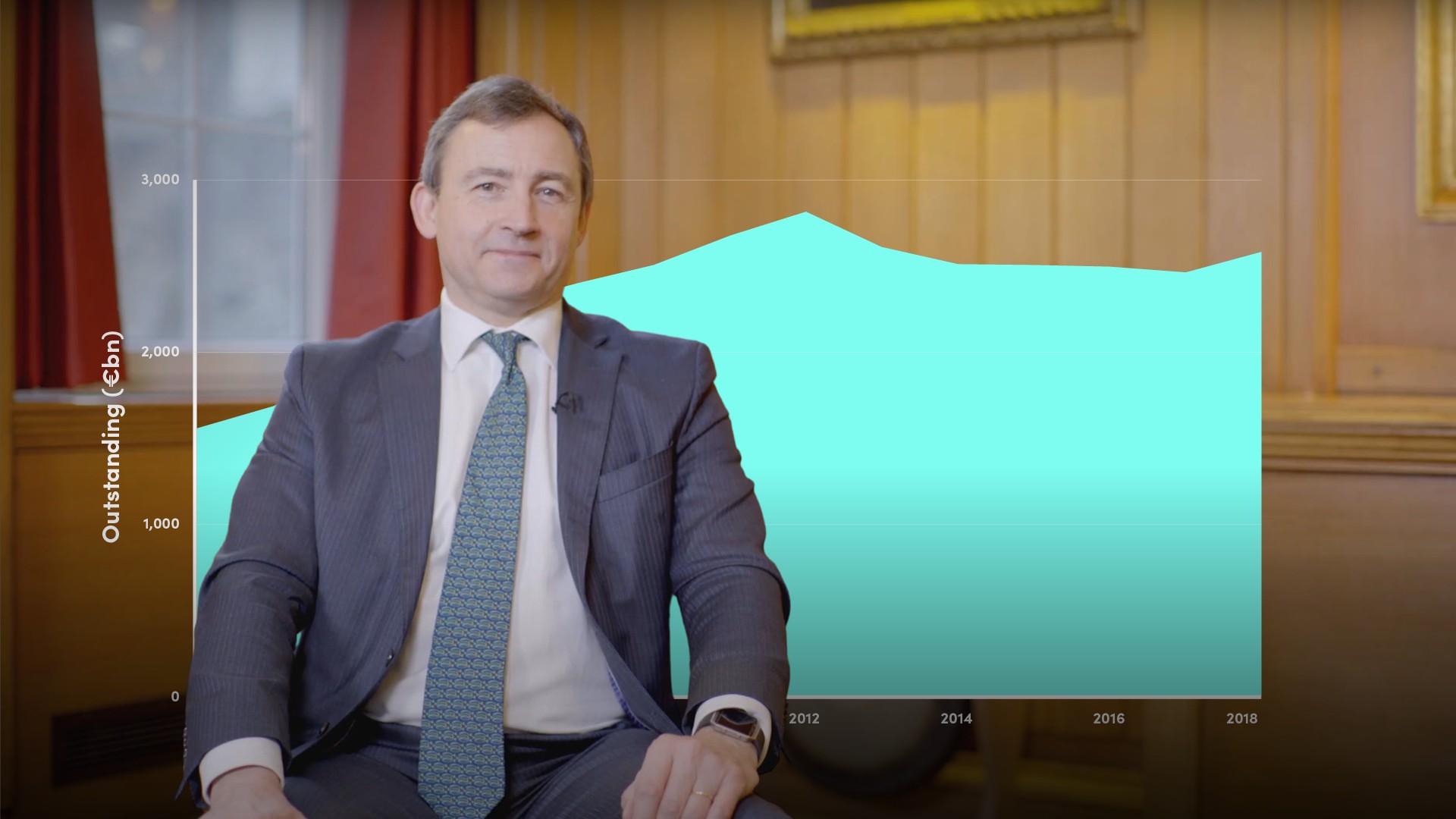
Covered Bonds Introduction

Tim Skeet
35 years: Debt capital markets
Tim delves into covered bonds and key ratios when analysing them. He includes the safety features against a debtor including credit enhancements.
Tim delves into covered bonds and key ratios when analysing them. He includes the safety features against a debtor including credit enhancements.
Subscribe to watch
Access this and all of the content on our platform by signing up for a 7-day free trial.

Covered Bonds Introduction
11 mins
Key learning objectives:
Describe the cost effectiveness, risk profile and returns of covered bonds
Describe the regulations and methods of investor protection
Identify the downside of asset backed securities and credit enhancements
Overview:
Covered bonds are a cheap form of funding that are low risk because they are backed by underlying assets. Regulation heavily supports covered bonds in order to protect investors from any downside risk or asset encumbrance. Banks can even enhance the safety of covered bonds by providing more collateral to back the bond than the size of the bond itself.
Subscribe to watch
Access this and all of the content on our platform by signing up for a 7-day free trial.
What is the size of the covered bond market?
The covered bond market today boasts approximately 2.5 trillion euros equivalent in outstanding volumes. It is a multi-currency market spanning the globe in terms of issuers and investors. For banks, covered bonds are a core and stable funding tool that they can issue at relatively low interest costs.
What are covered bonds?
Covered bonds are senior secured bonds issued by regulated financial institutions. They are senior in the sense that covered bonds rank above other forms of debt in the event of issuer bankruptcy and stand close to the front of the repayment queue following the issuing bank’s liquidation.
Secured in that covered bonds are secured on, or covered by, a pool of underlying assets. The collateral, backing the underlying covered bonds, takes the form of segregated and bankruptcy-remote pools of prime assets. They do not include sub-prime or other risky assets. Underlying assets are predominantly residential mortgages.
A core benefit of covered bonds to issuers is that they represent a much cheaper form of funding relative to unsecured or more subordinated forms of funding.
Investors also benefit from the same source of stable, nominally low-risk exposure that covered bonds provide. Buyers of covered bonds range from central banks to institutional investors such as pension funds, insurance companies, bank treasuries and asset managers.
What regulatory support and investor protection exists for covered bonds?
The European Central Bank is a major holder of eligible covered bonds as a result of its third covered bond purchase programme and was a core component of the ECB’s policy of quantitative easing. As of 8 March 2019, the ECB’s holdings of covered bonds amounted to a staggering 262.6 billion euros.
A core benefit to all covered bond investors is the instrument’s dual-recourse nature. In the event of issuer bankruptcy, covered bond investors have recourse to the assets sitting in underlying cover pools, but they additionally have general claims against the issuer, along with other creditors.
Because covered bonds are seen as low-risk and stable, they benefit from preferential prudential and regulatory treatment for the purposes of liquidity, capital and other regulatory measures. Primarily this means banks can hold each other’s covered bonds, and treat them as High Quality Liquid Assets in their liquidity portfolios.
Why do covered bonds lead to asset encumbrance and how does this limit banks?
However, tying up assets as a result of creating the segregated cover pools that back the issuance of covered bonds does lead to asset encumbrance. Asset encumbrance ratios – that is, the extent to which assets are encumbered by secured liabilities – are watched carefully by supervisors and the market in general as they can lead to balance sheet management constraints if they are too high.
Regulators also watch it carefully as encumbered assets are similarly unavailable to banks that may need to create immediate liquidity from the sale of assets in the event of distress. Bank supervisors carefully scrutinise issuer cover pools anyway to make sure they are at all times sufficient to fully cover the covered bonds.
What is over-collateralisation?
In all cases, banks put up more collateral against covered bonds than the size of the covered bonds they have issued. This is known as over-collateralisation, or OC, and is a standard form of credit enhancement.
In conclusion, covered bonds are a safe, stable low-cost form of secured bank funding that at the same time provide investors with a series of in-built and regulatory protections and safeguards.
Subscribe to watch
Access this and all of the content on our platform by signing up for a 7-day free trial.

Tim Skeet
There are no available Videos from "Tim Skeet"



























